Hi there, pet lovers! 🐍
Few reptiles command as much respect—and caution—as the Boomslang (Dispholidus typus), a stunning yet lethally venomous tree snake native to Sub-Saharan Africa. Known for its striking colors, incredible agility, and hemotoxic venom that disrupts blood clotting, this snake is only suitable for highly experienced keepers.
Unlike beginner-friendly reptiles like the Crested Gecko, the Boomslang demands extreme caution, specialized care, and emergency protocols due to its potentially fatal bite. In this review, we’ll break down everything you need to know—from its behavior and housing needs to the grave risks of ownership.
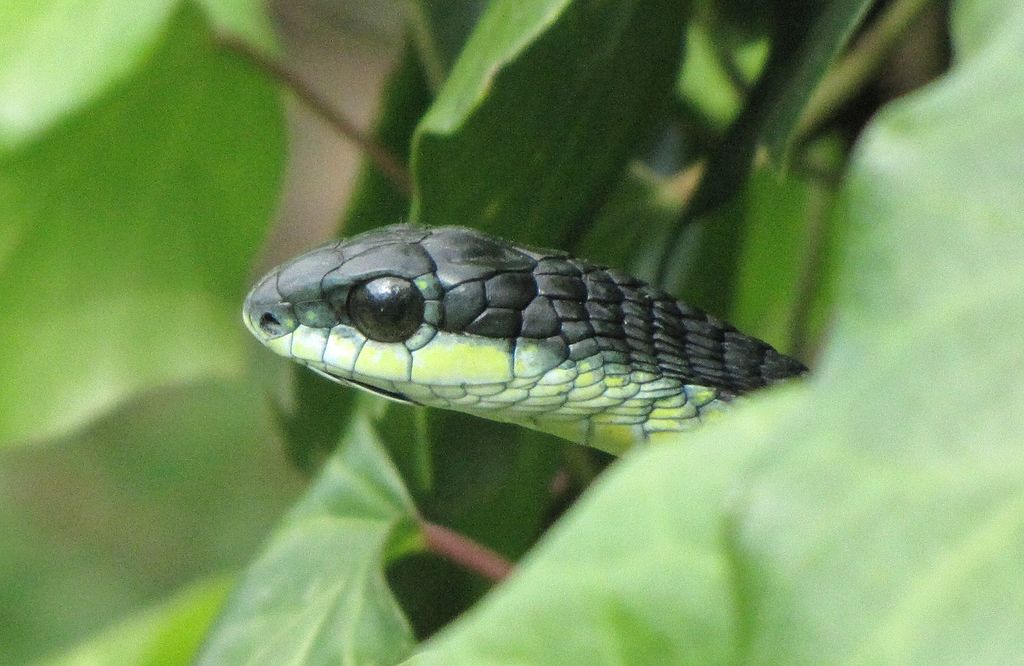
Overview
The Boomslang (Dispholidus typus) is one of the most venomous colubrids in the world, famed for its arboreal lifestyle, vivid coloration, and deadly hemotoxic venom. Here’s a quick summary of what makes this snake unique—and dangerous:
- Handling and Temperament: Extremely defensive; not recommended for handling due to high risk of envenomation.
- Care and Maintenance: Requires a large, well-ventilated arboreal enclosure with precise humidity and temperature control.
- Health and Durability: Hardy when kept correctly but sensitive to poor ventilation and incorrect humidity.
- Availability: Rare in captivity; most specimens are wild-caught, making captive-bred individuals highly sought after.
- Cost: Moderate initial cost for the snake, but enclosure setup and emergency medical preparedness add significant expenses.
- Overall: Only for expert keepers with venomous snake experience and access to antivenom.
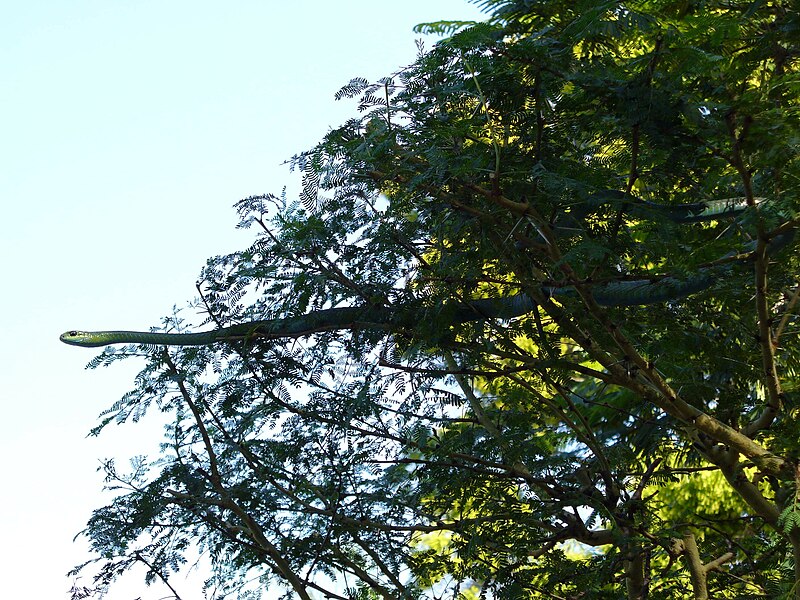
Why Choose a Boomslang?
The Boomslang is not a pet for casual reptile enthusiasts. It appeals to:
- Advanced herpetologists interested in venomous species.
- Researchers and breeders studying rear-fanged colubrids.
- Those with emergency protocols in place, including antivenom access.
What Makes the Boomslang Unique?
- Rear-fanged venom delivery (unlike vipers or elapids).
- Hemotoxic venom causing severe internal bleeding.
- Incredible climbing ability—almost fully arboreal.
- Sexual dimorphism: Males are bright green, females are often olive or brown.
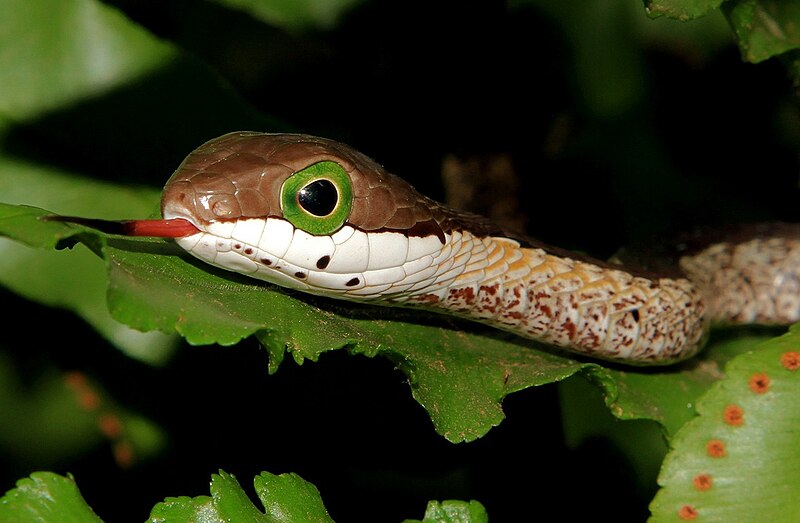
Handling and Temperament
Extreme Caution Required
The Boomslang is not a hands-on pet. Unlike docile snakes such as ball pythons, this species:
- Strikes quickly when threatened.
- Can open its jaws 170 degrees, allowing deep envenomation.
- Does not always give warning signs before biting.
Behavioral Traits
- Highly alert and flighty—will try to escape rather than confront.
- Binocular vision (like chameleons) for precise depth perception.
- May “chew” when biting, increasing venom delivery.
Bite Risks and Medical Response
- Symptoms are delayed (up to 24 hours), leading to false reassurance.
- Venom disrupts blood clotting, causing internal bleeding, organ failure, and death if untreated.
- Treatment requires monovalent antivenom (rare outside Africa) and blood transfusions.
Key Advice:
- Never handle without proper tools (hooks, traps, or clear barriers).
- Always have a venom emergency plan before acquiring one.
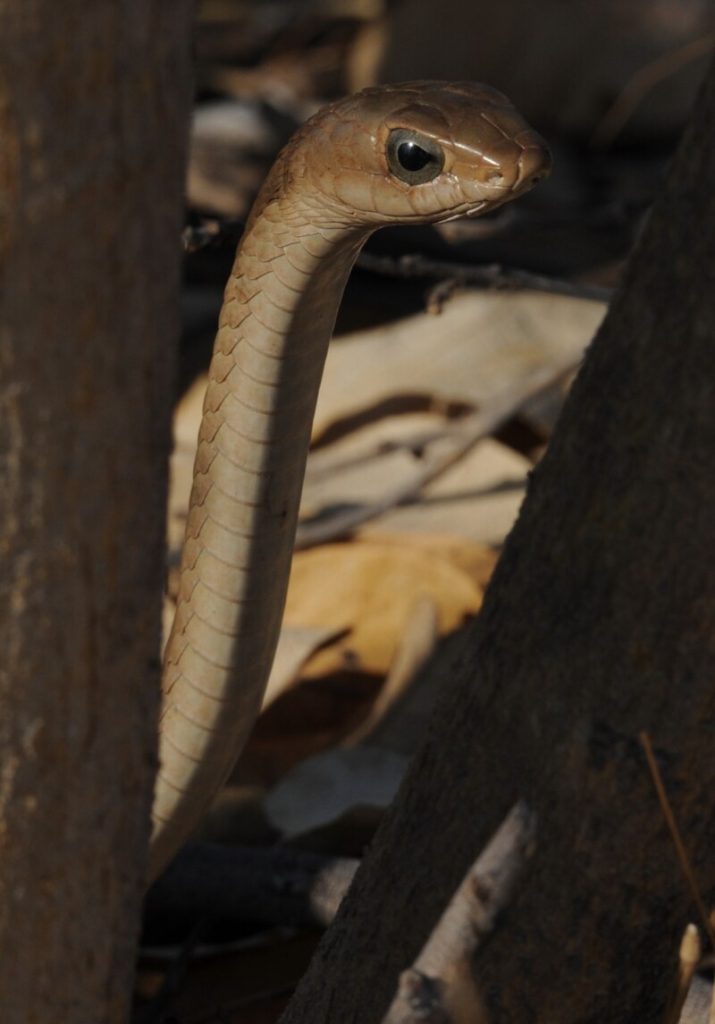
Care and Maintenance
Enclosure Setup
- Size: Minimum 4′ tall x 2′ deep for an adult (highly arboreal).
- Climbing Space: Branches, vines, and foliage for natural movement.
- Substrate: Coconut fiber or cypress mulch (holds humidity but avoids excessive dampness).
- Hiding Spots: Elevated hides (nest boxes or cork bark tubes).
Humidity and Temperature
- Humidity: 50-70% (mist lightly to avoid respiratory issues).
- Temperature: 75-85°F (24-29°C) daytime, with a slight drop at night.
- Ventilation: Critical—stagnant air leads to respiratory infections.
Feeding
- Wild Diet: Birds, chameleons, and small mammals.
- Captive Diet: Frozen-thawed rodents (scented with birds/lizards if needed).
- Feeding Tips:
- Offer dry, warm prey (Boomslangs dislike wet food).
- Use long tongs to avoid accidental strikes.
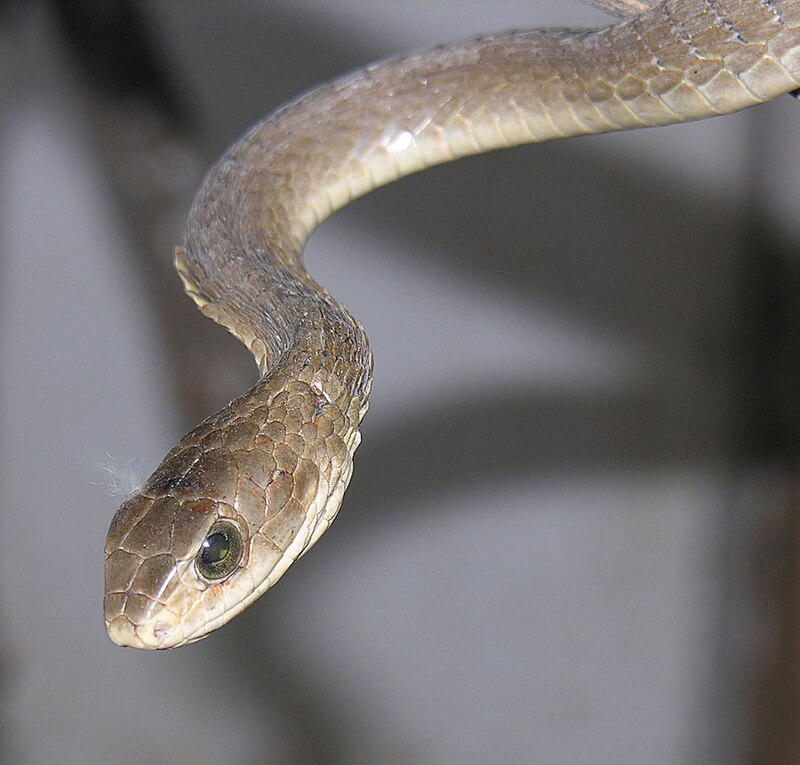
Health and Durability
Common Health Issues
- Respiratory infections (from poor ventilation or excessive humidity).
- Stress-related refusal to eat (especially in wild-caught specimens).
- Tail injuries (from improper handling or enclosure hazards).
Preventative Care
- Quarantine new arrivals to check for parasites.
- Monitor shedding (low humidity can cause stuck shed).
- Avoid overhandling—stress weakens their immune system.
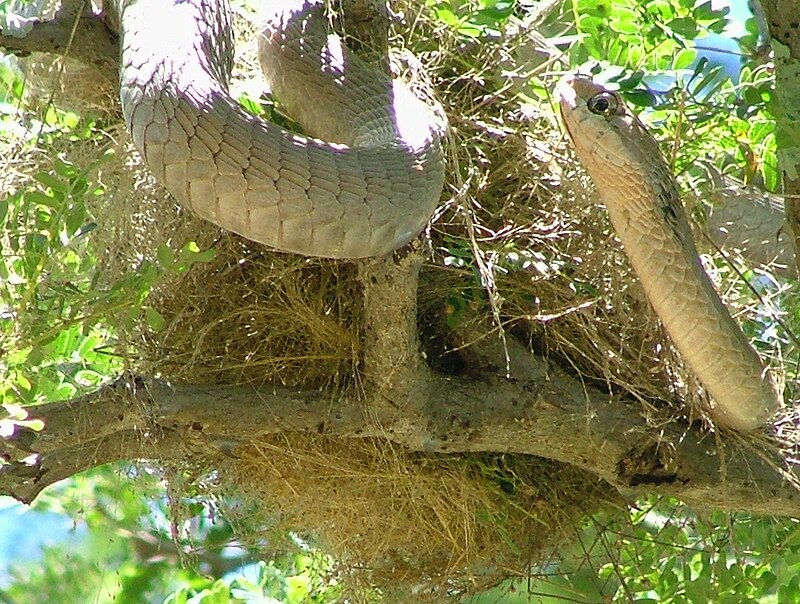
Availability and Cost
Where to Buy
- Reputable breeders (captive-bred is safest but rare).
- Specialized reptile expos (venomous permits often required).
- Avoid wild-caught imports (high stress, parasites, poor survival rates).
Cost Breakdown
- Snake: $200-$800+ (depending on morph and rarity).
- Enclosure: $300-$600 (custom arboreal setup).
- Emergency Fund: $5,000+ (for antivenom and medical care).
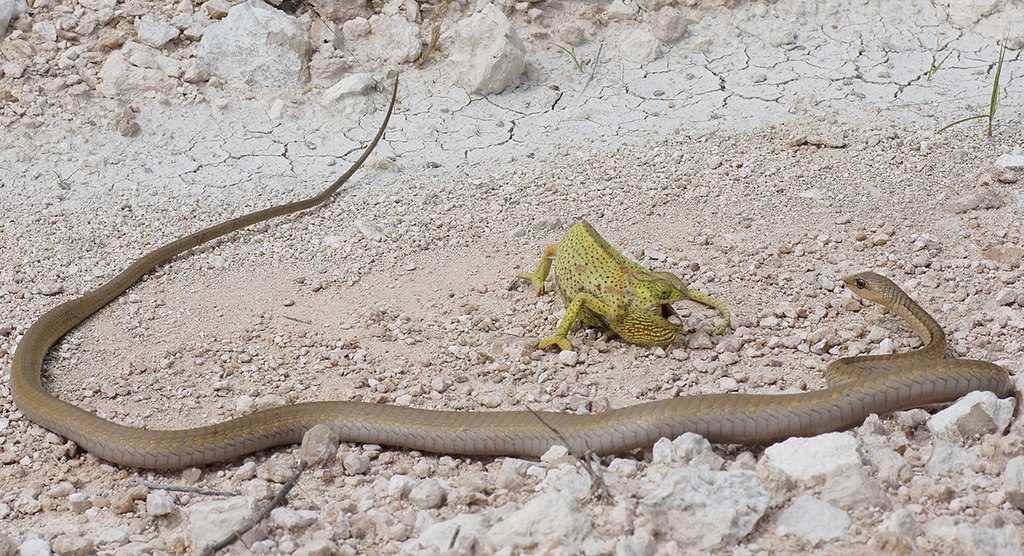
Pros and Cons
Pros
- Fascinating behavior (active, intelligent hunters).
- Stunning colors (especially males).
- Long lifespan (8-15 years in captivity).
Cons
- Extremely venomous (can be fatal without treatment).
- Not handleable (strictly observational).
- Difficult to source captive-bred specimens.
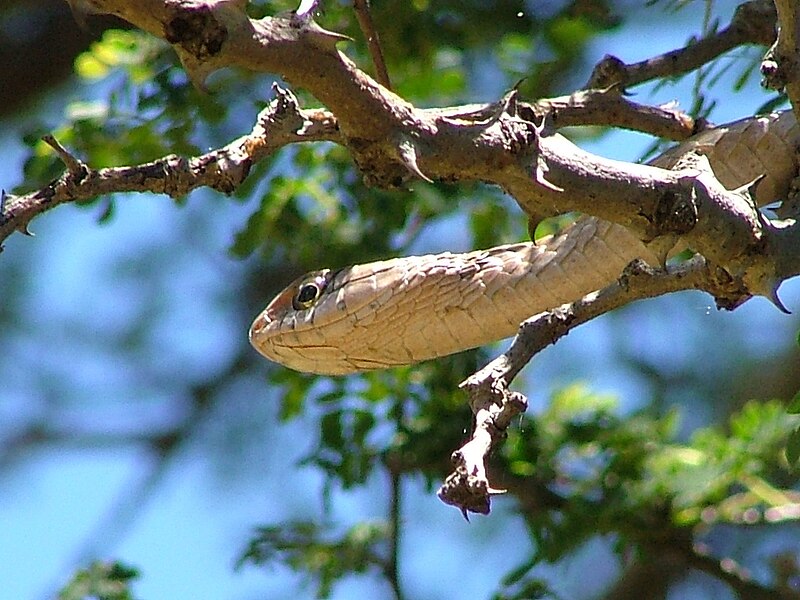
Final Thoughts
The Boomslang is one of the most dangerous yet mesmerizing snakes in the world. While its care requirements are manageable for experts, the risk of envenomation makes it unsuitable for most keepers.
Only consider this species if:
✔ You have venomous snake experience.
✔ You have access to antivenom and emergency care.
✔ You prioritize safety and proper protocols over handling.
For those who meet these criteria, the Boomslang offers a rare glimpse into the world of advanced herpetology. For everyone else, safer arboreal snakes (like Green Tree Pythons or Baron’s Racers) are far more practical choices.
Would you ever consider keeping a Boomslang? Share your thoughts below! 🐍
For more expert reptile guides, subscribe and stay tuned!

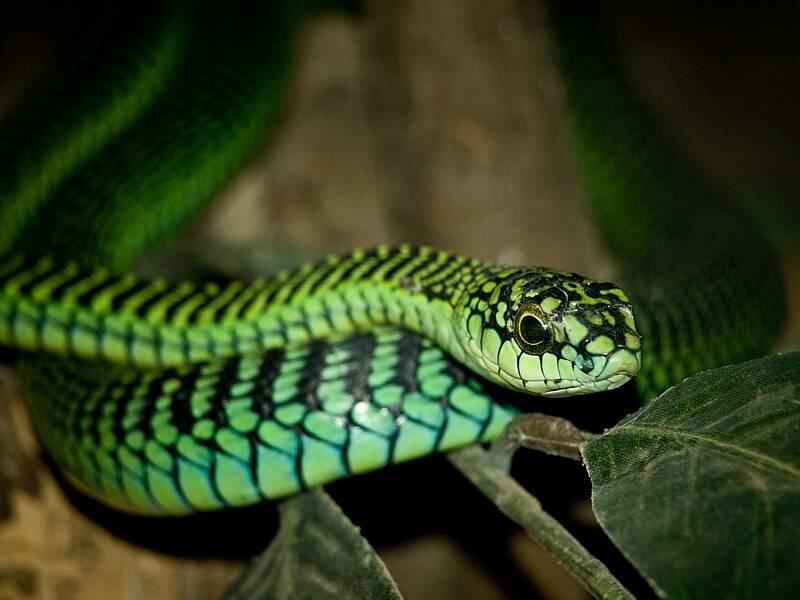

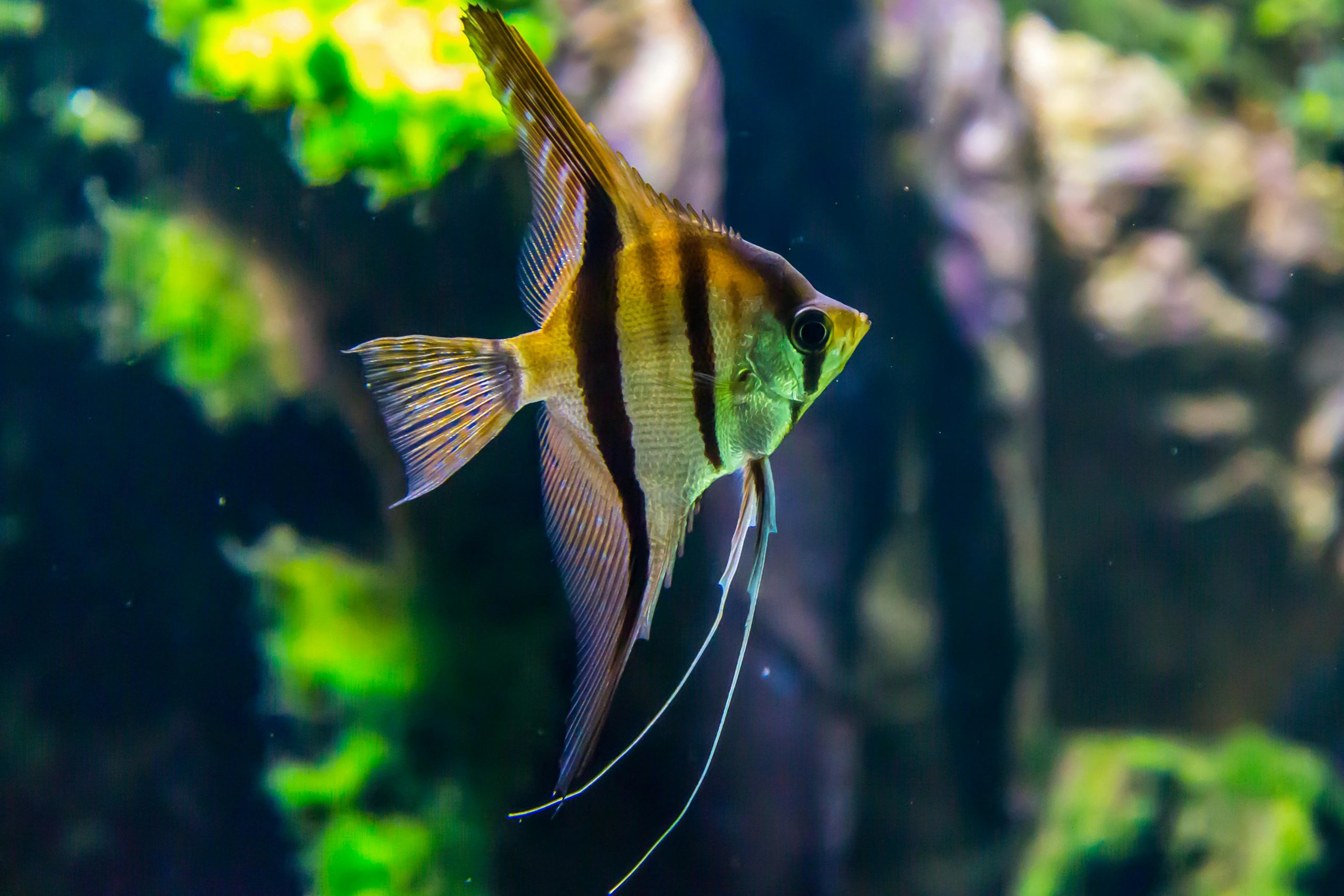
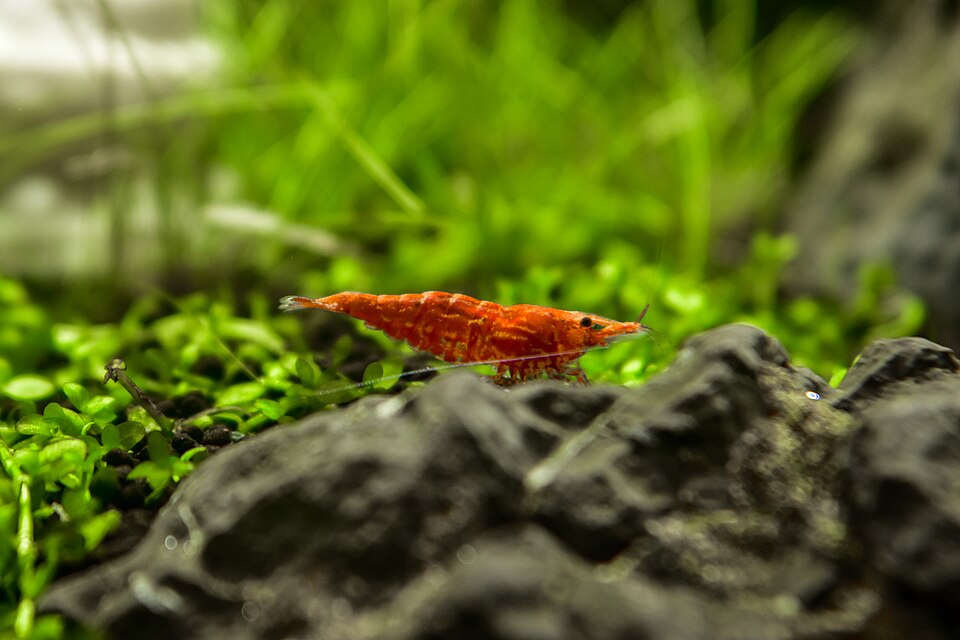

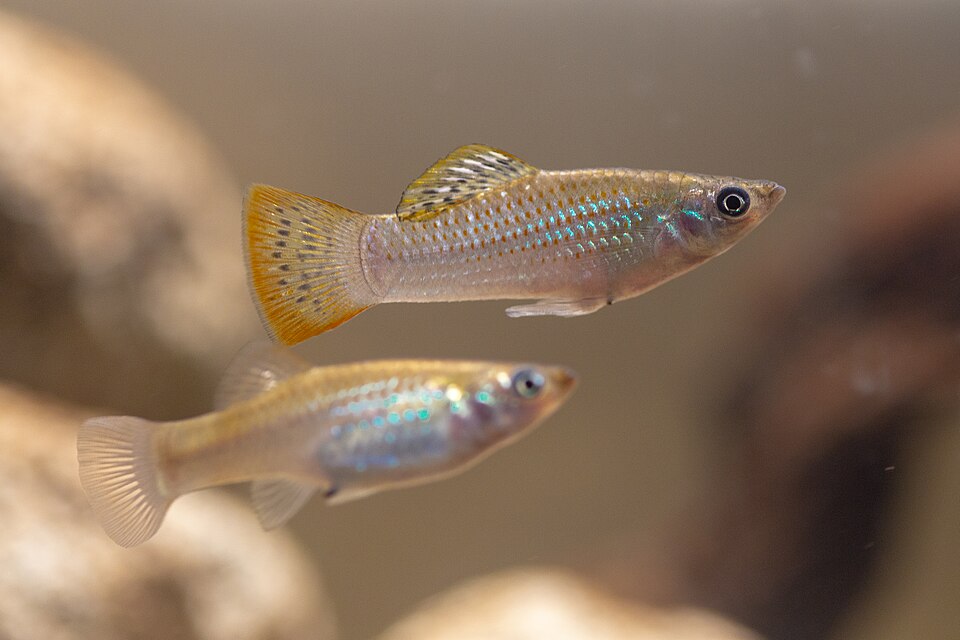
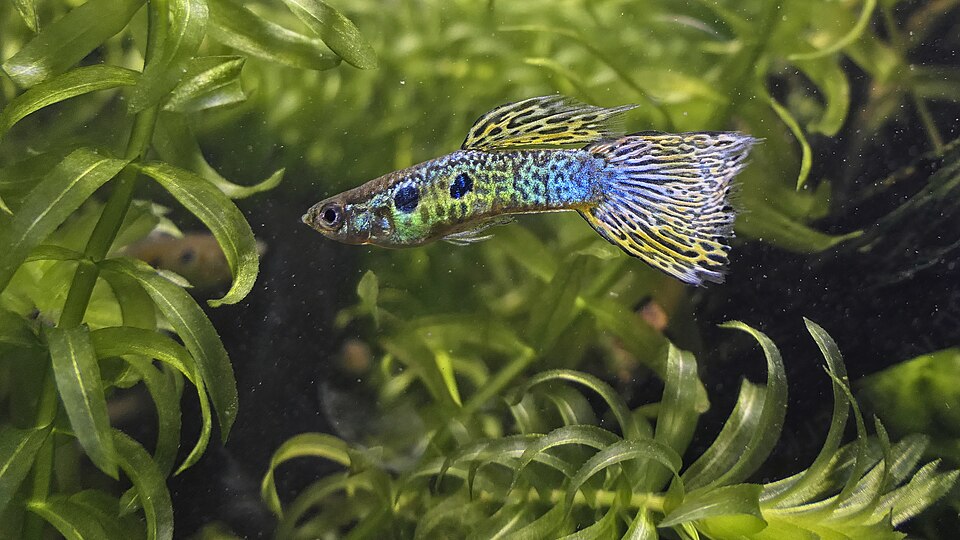
Leave a Reply